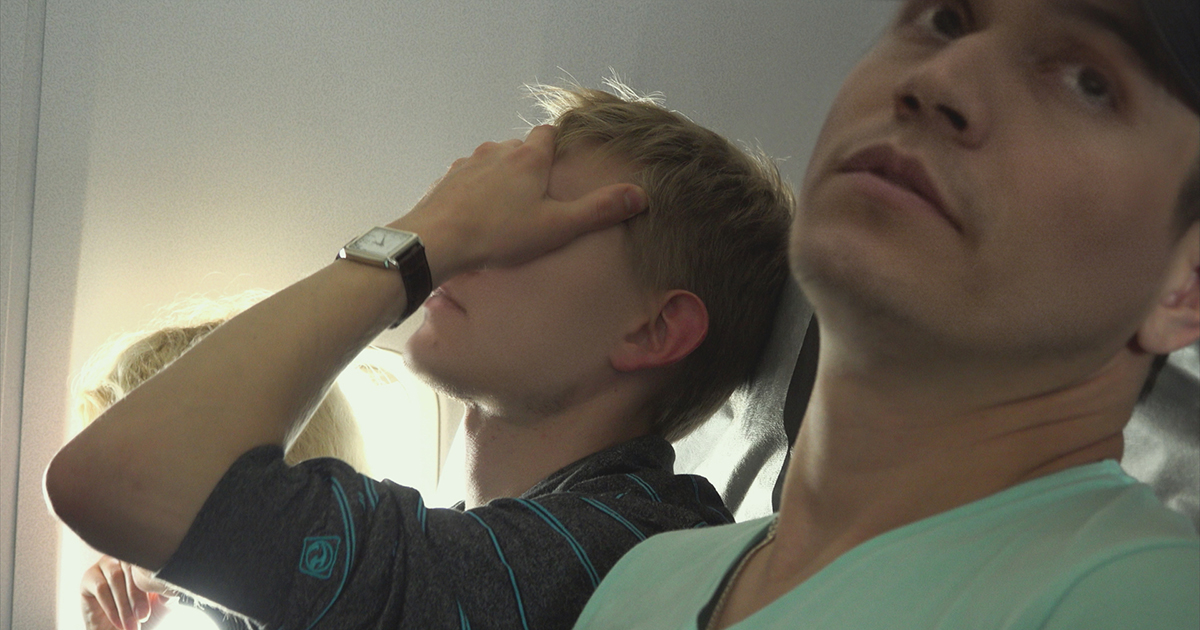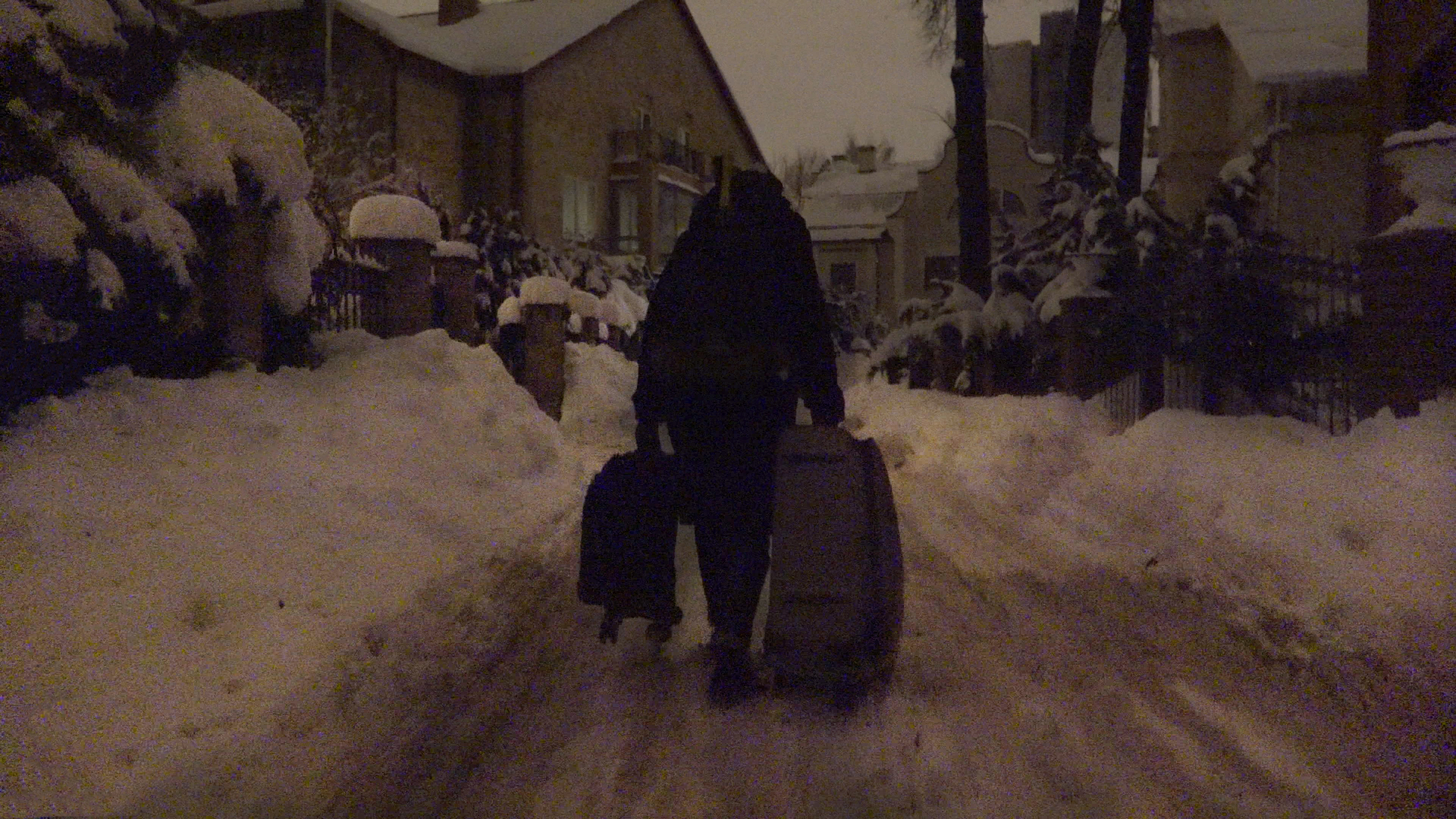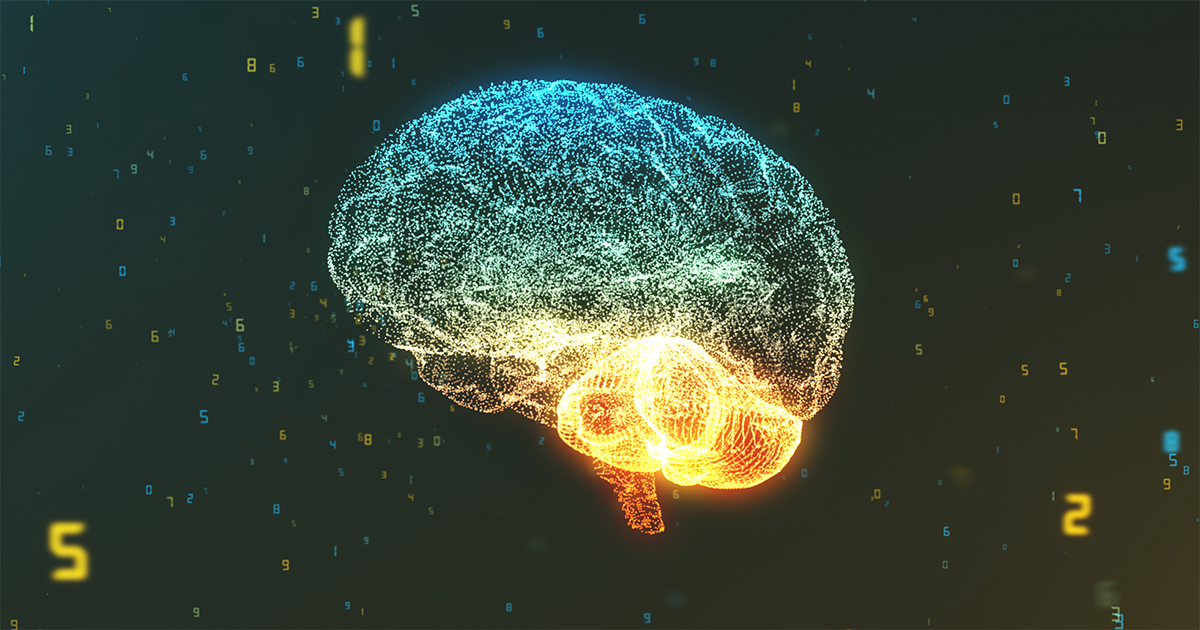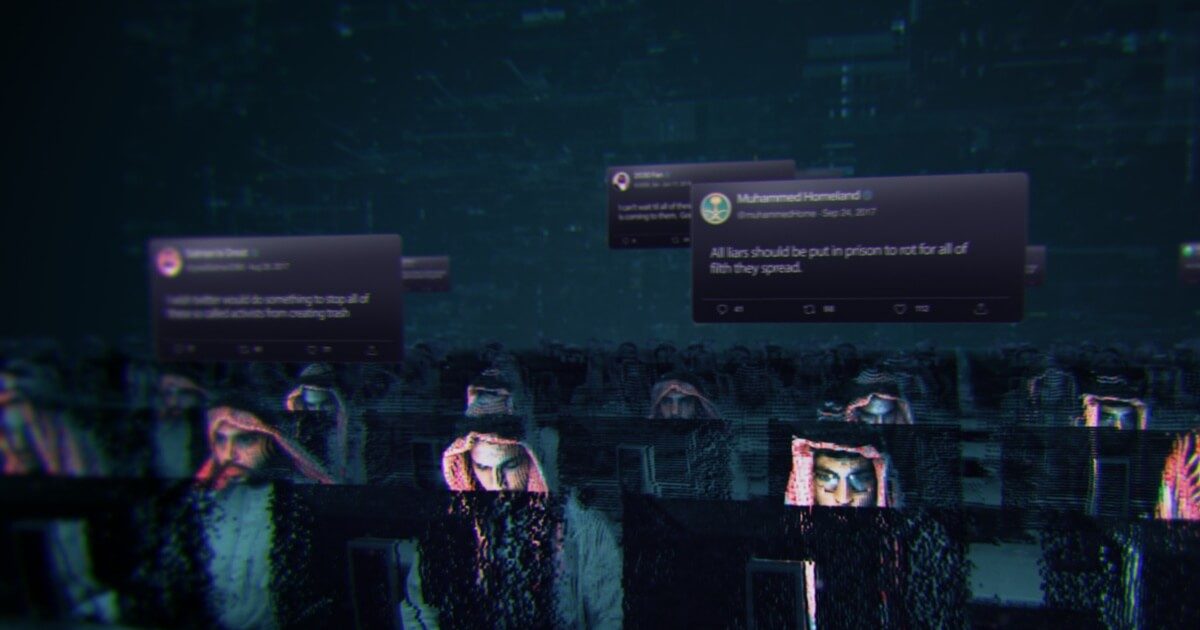
When the Academy announced its Oscars shortlist for VFX it had pundits scrambling to make sense of one of the nominees. Out were Wonder Woman 1984, Tom Hanks’ naval drama Greyhound and Marvel spin-off The New Mutants. In were Tenet, Love and Monsters, Mulan… and Welcome to Chechnya, a documentary detailing the brutality the LGBTQ community faces at the hands of the Chechnyan government.
The film may not have made it to through the bake-off but retains the distinction of being the first ever doc to be shortlisted for consideration in this category. It’s also to the Academy’s credit that it recognised the achievements of work a long way outside the mainstream.
In investigative reportage when the identity of subjects need to be protected they are conventionally blurred out or appear in silhouette. That’s even more the case here when the queer Chechens are in danger inside and outside of the country from what has been described as ethnic cleansing.
Filmmaker David France was all too aware of his obligations but also wanted to preserve the emotional resonance of their experiences. So with VFX supervisor Ryan Laney, they struck upon a ground-breaking combination of digital face-replacement and machine-learning software to replace some of the individuals in the film with digital stand-ins.
They’re have been a multitude of face-swapping CG in recent blockbusters including Thanos / Josh Brolin in Avengers: Endgame but this is journalism where the integrity of the story really matters.
How Welcome to Chechnya VFX Team Gave the Doc’s Subjects a Digital On-Camera “Disguise” | Source: The Hollywood Reporter
NOT WHODUNNIT, BUT HOW-DUNNIT — DIGGING INTO DOCUMENTARIES:
Documentary filmmakers are unleashing cutting-edge technologies such as artificial intelligence and virtual reality to bring their projects to life. Gain insights into the making of these groundbreaking projects with these articles extracted from the NAB Amplify archives:
- Crossing the Line: How the “Roadrunner” Documentary Created an Ethics Firestorm
- I’ll Be Your Mirror: Reflection and Refraction in “The Velvet Underground”
- “Navalny:” When Your Documentary Ends Up As a Spy Thriller
- Restored and Reborn: “Summer of Soul (…Or, When the Revolution Could Not Be Televised)”
- It WAS a Long and Winding Road: Producing Peter Jackson’s Epic Documentary “The Beatles: Get Back”
Laney describes the technique as “a bit like a prosthetic where the new face is painted over the old face, so it’s 100 percent the original person’s motion, we’re not fabricating anything new.” To read the full article, click here.
France and Laney, a VFX guru who has worked on Fight Club, Jurassic Park III, Harry Potter and the Chamber of Secrets and Ant-Man, trailed several ideas including rotomation — of the kind seen in A Scanner Darkly — to standard issue pixelated faces to asking artists to reinterpret the faces, only to find this superimposed an artist’s impression on the reality.
They even tried a Snapchat-like technology to put digital glasses, masks or new noses to disguise them in some way. “What that really wasn’t doing, though, was helping us tell this really urgent, human story,” France and Laney tell Digital Trends.
How the Welcome to Chechnya Documentary Found Security in Face-Swapping VFX | Source: Digital Trends
“We kept losing the human aspect of it. It wasn’t until we saw Ryan’s first pass on the face swap using a volunteer that we knew we had something that would allow us to show the movie to an audience. We had promised everyone in the film that we wouldn’t release it until they were satisfied with their disguises and their presentation.” To read the full article, click here.
France asked 22 people — mostly queer activists in New York — to lend their faces as a physical shield to protect the people in the film. They were filmed against green-screen from multiple angles in varied lighting conditions with their faces subsequently mapped using machine learning over the subjects in the film.
“While all eye and mouth movement and facial tics belong to the original subject they are all being carried out beneath the skin of these volunteers,” France says. “This could allow us to know their stories; it’s still them. We see the weight on their faces. It comes through, it’s unmanipulated, we’re picking up those expressions.”
How VFX Pulled Welcome to Chechnya Out of the Shadows | Source: IndieWire
EXPLORING ARTIFICIAL INTELLIGENCE:
With nearly half of all media and media tech companies incorporating Artificial Intelligence into their operations or product lines, AI and machine learning tools are rapidly transforming content creation, delivery and consumption. Find out what you need to know with these essential insights curated from the NAB Amplify archives:
- This Will Be Your 2032: Quantum Sensors, AI With Feeling, and Life Beyond Glass
- Learn How Data, AI and Automation Will Shape Your Future
- Where Are We With AI and ML in M&E?
- How Creativity and Data Are a Match Made in Hollywood/Heaven
- How to Process the Difference Between AI and Machine Learning
The filmmakers also went to extraordinary lengths to capture original footage on location in Chechnya, including over writing the cards rather than just deleting the data in case it fell into the wrong hands.
In the U.S in postproduction “we built a secret lab that was entirely offline, so all of our turnovers were on a hand-delivered drive that was given to me in person. All of the transfers we did for dailies and work reviews were all done in very encrypted fashion with passwords that weren’t shared online.”

Every frame was scrutinized to insure nothing that could put a subject at risk was removed. “We knew it was going to be studied on a forensic level,” France admits.
R&D alone took the best of a year. And budgeted at just $2.2 million the film includes 400 shots, or an hour of its 107 minutes run time.
“That’s a big change for documentary filmmaking. There’s now this tool for filmmakers to tell their stories in ways that haven’t been done before, and it also provides some additional security for witnesses to tell their stories and do it in a human way. They don’t need to be monsters in the shadows. They can have a voice and be in the light and have their story translated effectively and truthfully.”




